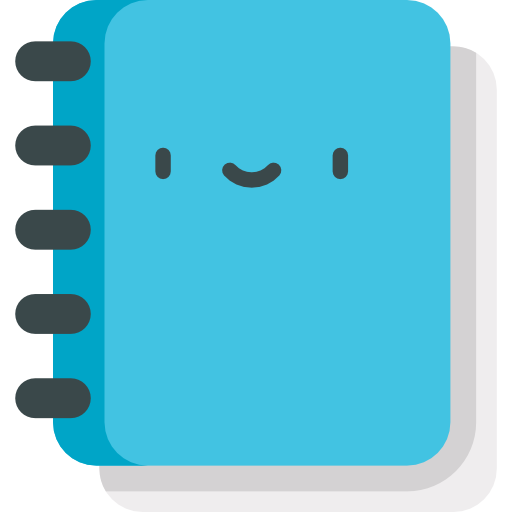Revision Difference
util.GetModelMeshes#565531
<function name="GetModelMeshes" parent="util" type="libraryfunc">
<description>
Retrieves vertex, triangle, and bone data for the visual meshes of a given model.
<note>
This does not work on brush models (Models with names in the format `*number`)
</note>
</description>
<realm>Shared</realm>
<args>
<arg name="model" type="string">
The full path to the model to get the visual meshes of.
</arg>
<arg name="lod" type="number" default="0">
Which of the model's Level of Detail (LOD) models to retrieve.
`0` is the best quality with higher numbers progressively lowering the quality.
</arg>
<arg name="bodygroupMask" type="string|number" default="0">
The combination of bodygroups to retrieve meshes for. This can also be a specially formatted bitflag.
For more information, see <page>Entity:SetBodyGroups</page>.
</arg>
<arg name="skin" type="string|number" default="0" added="2025.10.16">
<arg name="skin" type="number" default="0" added="2025.10.16">
Skin index. Affects the `.material` of <page>Structures/ModelMeshData</page>.
For more information, see <page>Entity:GetSkin</page>.
</arg>
</args>
<rets>
<ret name="modelMeshes" type="table<Structures/ModelMeshData>">
Each index in this table corresponds to a mesh within the model passed as an argument to this function.
The mesh data is raw, and is not transformed via bone transformations. That's what the second return value is for.
</ret>
<ret name="modelBindPoses" type="table<Structures/BoneBindPose>">
This tables indices are bone IDs for the <page>Structures/BoneBindPose</page> stored at each index.
</ret>
</rets>
</function>
<example>
<description>
A snippet of Entity code that renders a wireframe helicopter bomb by retrieving the model's mesh and using it to create a new mesh.
</description>
<code>
-- The default material to render with in case we for some reason don't have one
local myMaterial = Material( "models/wireframe" ) -- models/debug/debugwhite
function ENT:CreateMesh()
-- Destroy any previous meshes
if ( self.Mesh ) then self.Mesh:Destroy() end
-- Get a list of all meshes of a model
local visualMeshes = util.GetModelMeshes( "models/combine_helicopter/helicopter_bomb01.mdl" )
-- Make sure the model exists before continuing
if ( !visualMeshes ) then return end
-- Select the first mesh
local visualMesh = visualMeshes[ 1 ]
-- Set the material to draw the mesh with from the model data
myMaterial = Material( visualMesh.material )
-- You can apply any changes to visualMesh.verticies table here, distorting the mesh
-- or any other changes you can come up with
-- Create and build the mesh
self.Mesh = Mesh()
self.Mesh:BuildFromTriangles( visualMesh.triangles )
end
-- A special hook to override the normal mesh for rendering
function ENT:GetRenderMesh()
-- If the mesh doesn't exist, create it!
if ( !self.Mesh ) then return self:CreateMesh() end
return { Mesh = self.Mesh, Material = myMaterial }
end
function ENT:Draw()
-- Draw the entity's model normally, this will internally call ENT:GetRenderMesh()
self:DrawModel()
end
</code>
</example>
 Garry's Mod
Garry's Mod
 Rust
Rust
 Steamworks
Steamworks
 Wiki Help
Wiki Help